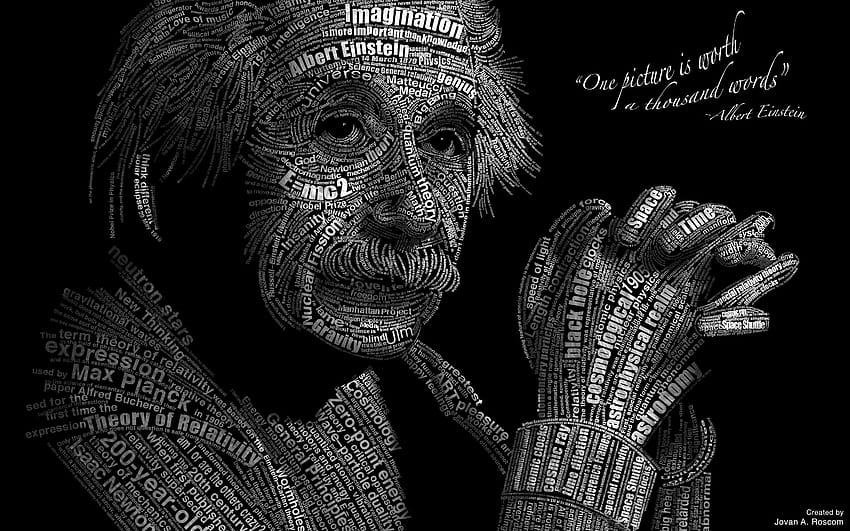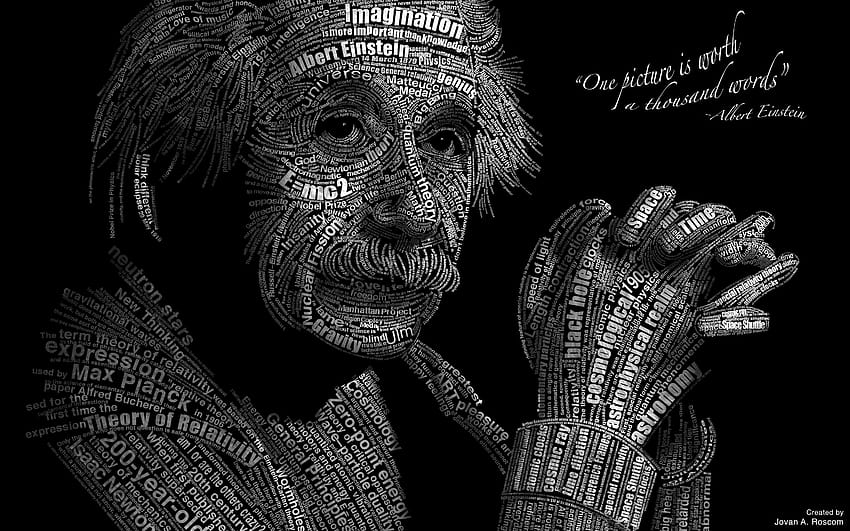The cataclysmic events that unfolded in the wake of the 1929 stock market crash plunged nations into an abyss of unprecedented economic despair. This dire epoch, known as the Great Depression, stands as an indelible chapter in the annals of history. Commencing with the collapse of the American stock market on that fateful October day, the ripples of financial ruin swiftly traversed the globe, insidiously encumbering economies far beyond the shores of the United States.
The precipitous decline in industrial output, coupled with soaring unemployment, ensnared countless lives in a quagmire of destitution. The cessation of production, shuttering of factories, and the harrowing stillness that pervaded once-thriving centers of commerce marked the disheartening landscape of the era. Across the desolate streets, the specter of poverty loomed large, haunting citizens bereft of employment and livelihood.
The genesis of this crippling economic downturn traces its origins to the aftermath of the First World War. A world bruised by the tumult of conflict sought solace in economic revival. The war's conclusion had bolstered the United States' ascendancy, fueling a period of unprecedented prosperity christened the "Roaring Twenties." Industries burgeoned, affluence abounded, and optimism reigned supreme. However, this opulence sowed the seeds of avarice, fostering a speculative frenzy within the stock market.
The precipitous crash of stock prices on that fateful day in October 1929 signaled the onset of a protracted era of anguish and uncertainty. The subsequent domino effect laid bare the fragility of the global economic order. The unraveling of financial institutions, the staggering collapse of banks, and the ruthless evisceration of investments orchestrated a harrowing descent into economic chaos.
The ramifications of this economic malaise transcended mere fiscal distress. Families were thrust into abject poverty, their daily sustenance reduced to meager rations. Vast swathes of the populace were rendered destitute, with unemployment reaching staggering proportions. Industries, once pulsating with vitality, ground to a halt, leaving scores bereft of occupation and hope.
The reverberations of this tumultuous period echoed across continents, engulfing nations in the throes of fiscal calamity. Europe, scarred by the aftermath of war, found itself ensnared in the web of economic downturn. The closure of banks, the erosion of confidence in financial institutions, and the pervasive dearth of employment marred the societal fabric, plunging regions into despair.
In America, the steadfast leadership of President Franklin D. Roosevelt heralded a glimmer of hope through the implementation of visionary policies under the New Deal Program. These measures sought to resuscitate the dormant economy, fostering a renewed sense of trust in financial institutions and spurring investments that catalyzed a gradual recuperation.
The respite from the nadir of the Great Depression arrived incrementally, with the advent of the Second World War heralding a resurgence of economic vigor. America's pivot towards wartime production resuscitated dormant industries, resoundingly bolstering the nation's economic standing.
The legacy of the Great Depression, enduring in its impact, ushered forth a paradigm shift in global economic policies and societal mores. Its scars etched into the collective memory of nations, it stands as a testament to the perils of unbridled speculation and the resilience of human fortitude in the face of adversity.



